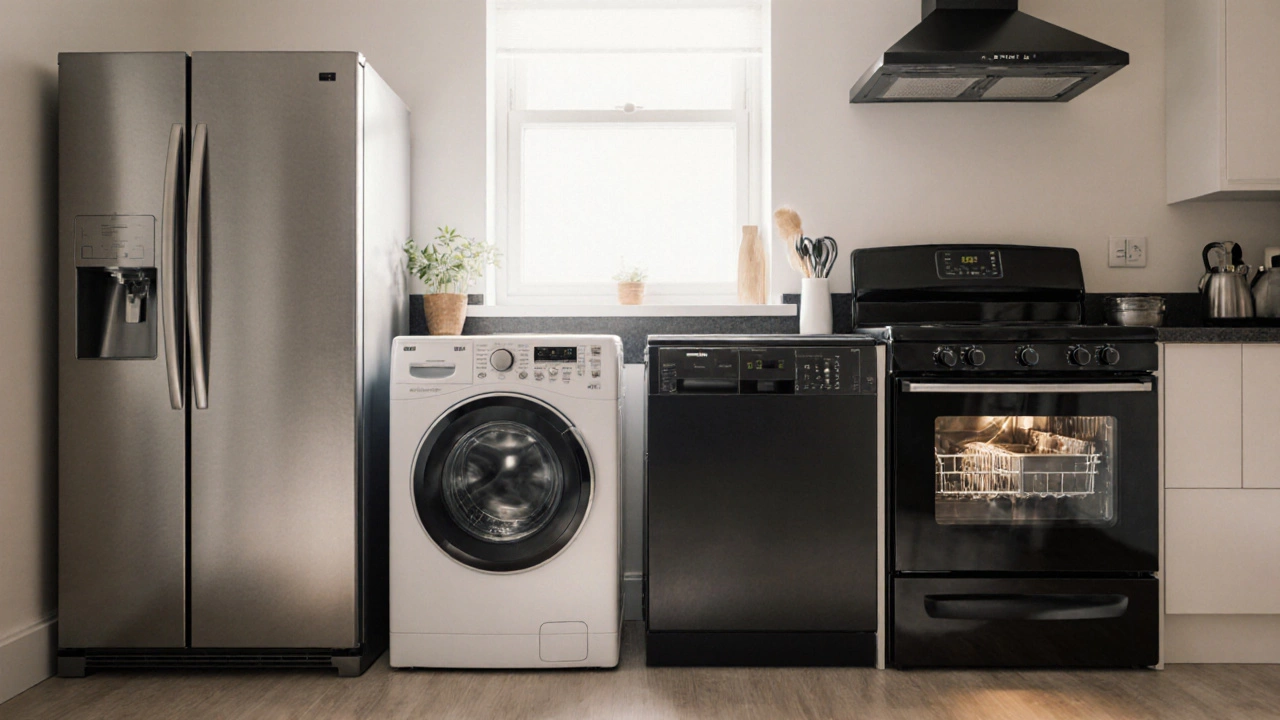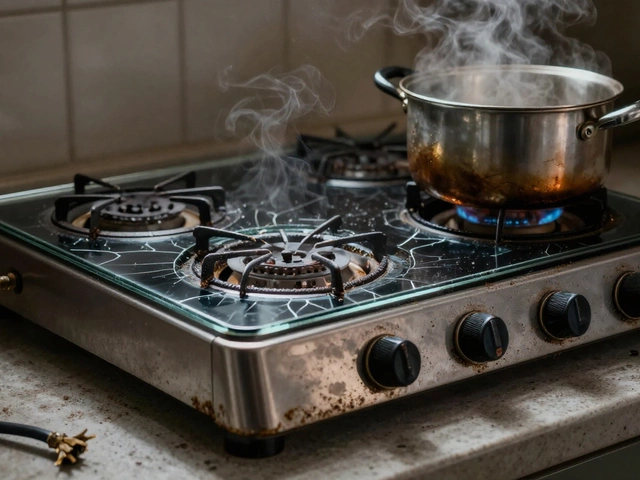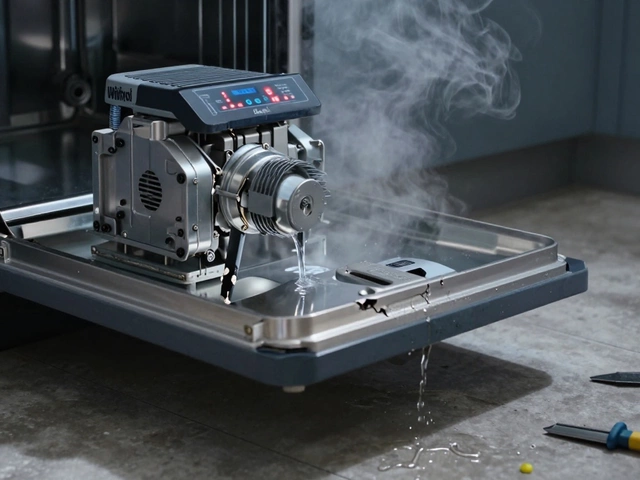Appliances: Repair, Maintenance, and Longevity Guide
When dealing with appliances, any device that helps with daily household tasks, from cleaning clothes to cooling food, also known as home appliances, it's useful to break them down into familiar groups. A washing machine, a drum‑based washer that agitates clothes to remove dirt, often called a laundry machine, is a core example. The refrigerator, a cooling unit that preserves food by keeping it cold, sometimes referred to as a fridge, works on a completely different principle. Then there's the oven, an enclosed heat chamber used for baking and roasting, also known as a cooker. Finally, the water heater, a device that heats water for domestic use, often called a hot‑water tank, completes the typical household lineup. Appliances encompass these four categories and more, each requiring specific care. Maintaining them requires regular cleaning, timely part replacement, and occasional professional checks. Good upkeep not only extends lifespan but also saves energy and reduces unexpected breakdowns. In short, the health of your home hinges on understanding how each appliance works and what it needs to stay reliable.
Why Proper Care Matters
Every appliance follows a simple rule: wear and tear increase when use is frequent and maintenance is ignored. A washing machine that isn’t levelled may develop drum wobble, leading to motor strain and costly repairs. A refrigerator with dirty condenser coils will run hotter, pushing the compressor harder and raising electricity bills. Ovens that suffer from repeated overheating can damage heating elements, forcing a full replacement sooner than expected. Water heaters that lack periodic flushing accumulate sediment, which insulates heating elements and shortens the unit’s life. These examples illustrate the semantic triple: Improper maintenance → reduced efficiency → higher replacement risk. By addressing each component—cleaning filters, checking seals, testing thermostats—you create a feedback loop that keeps performance high. Most DIY guides, like those in our collection, stress the importance of a check‑list approach: power off, inspect, replace worn parts, and restore power. This systematic method applies across all appliances, making it easier to spot problems before they snowball. Moreover, many manufacturers publish maintenance schedules that align with warranty requirements. Following those schedules not only protects your investment but also ensures safety, especially for gas‑powered ovens and water heaters where leaks can be dangerous.
Our article set below covers the full spectrum of common issues you might face. You'll find step‑by‑step fixes for washing machines, quick power‑check tricks for refrigerators, detailed oven heating element guides, and water‑heater thermostat diagnostics. Whether you’re a DIY enthusiast or just looking for a clear explanation before calling a pro, the posts give practical, actionable advice. Browse the collection to see exactly how each type of appliance can be diagnosed, repaired, or maintained, and discover tips that help you get the most out of every device in your home.
4 Common Household Appliances Explained
- Alden Wilder
- Oct 19 2025
- 0 Comments
Learn what the four most common household appliances are, their key specs, typical issues, and maintenance tips to keep them running smoothly.
View More




